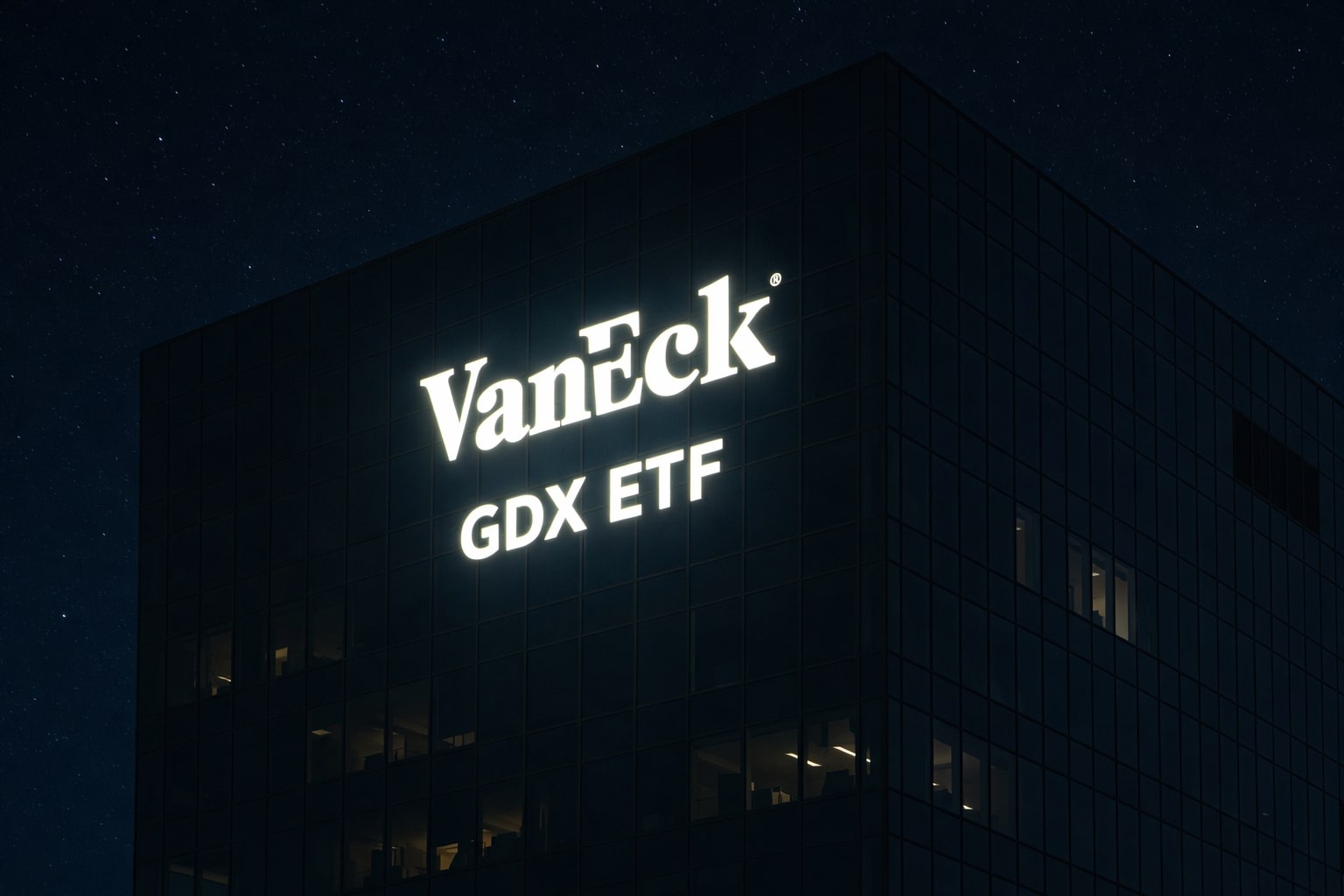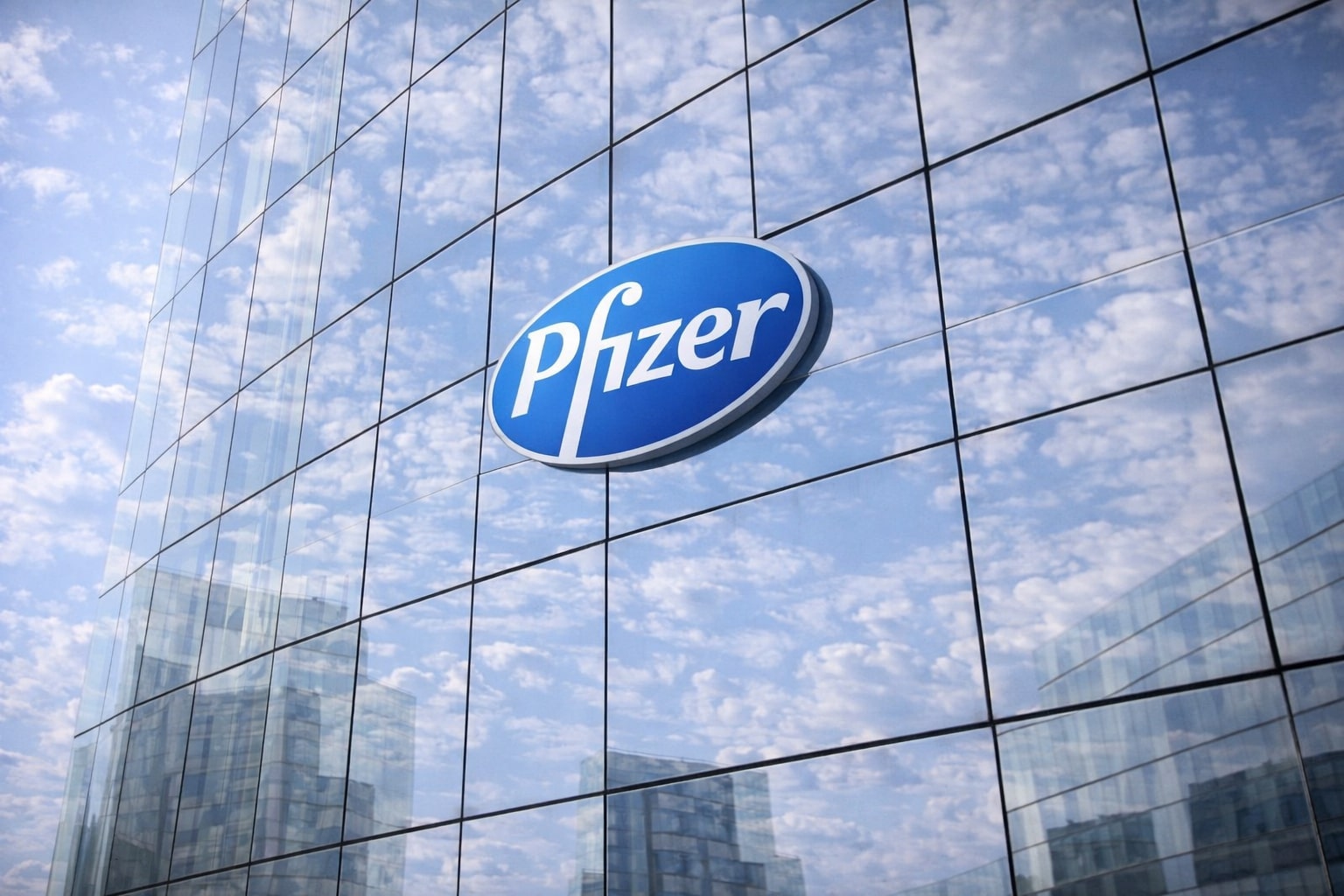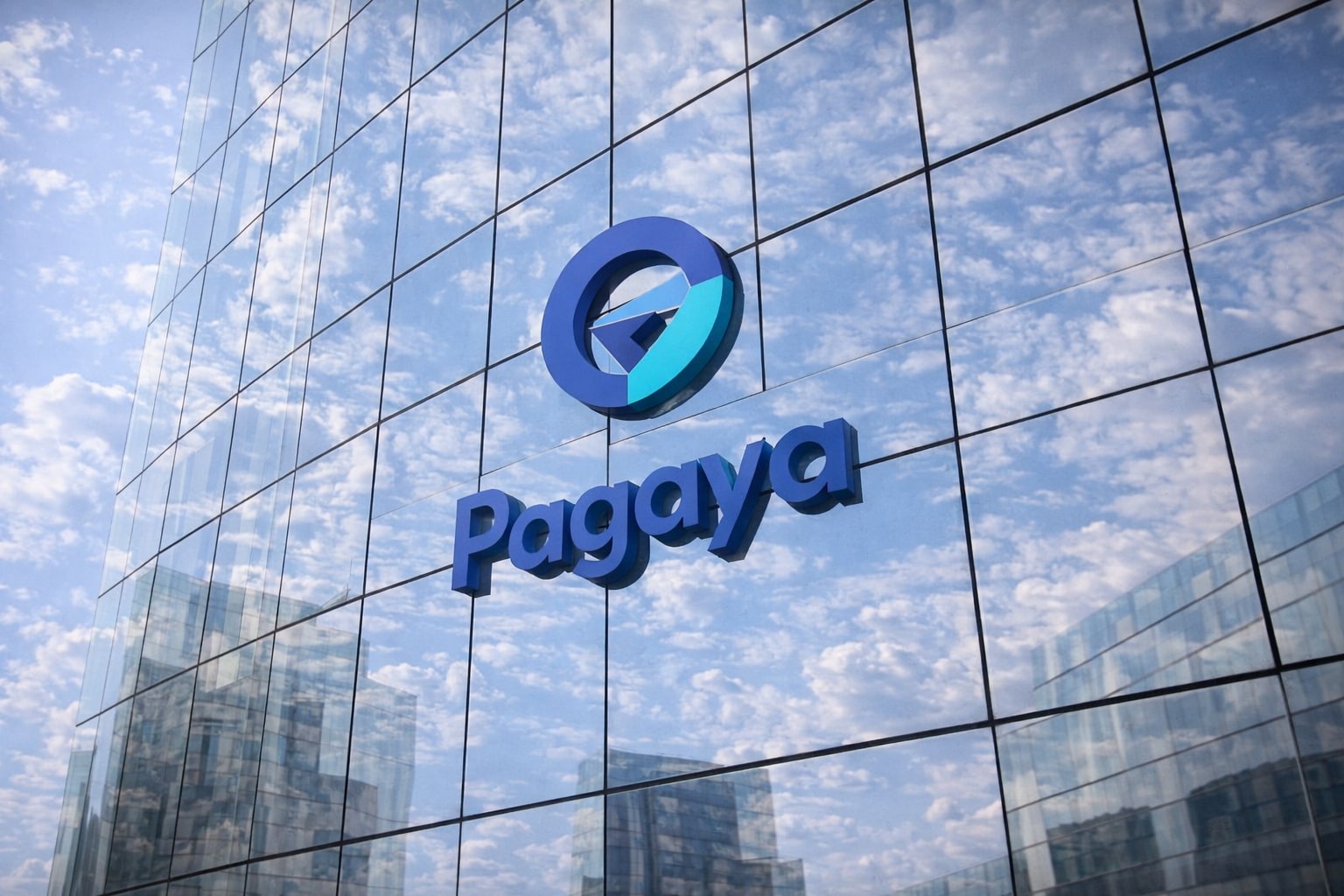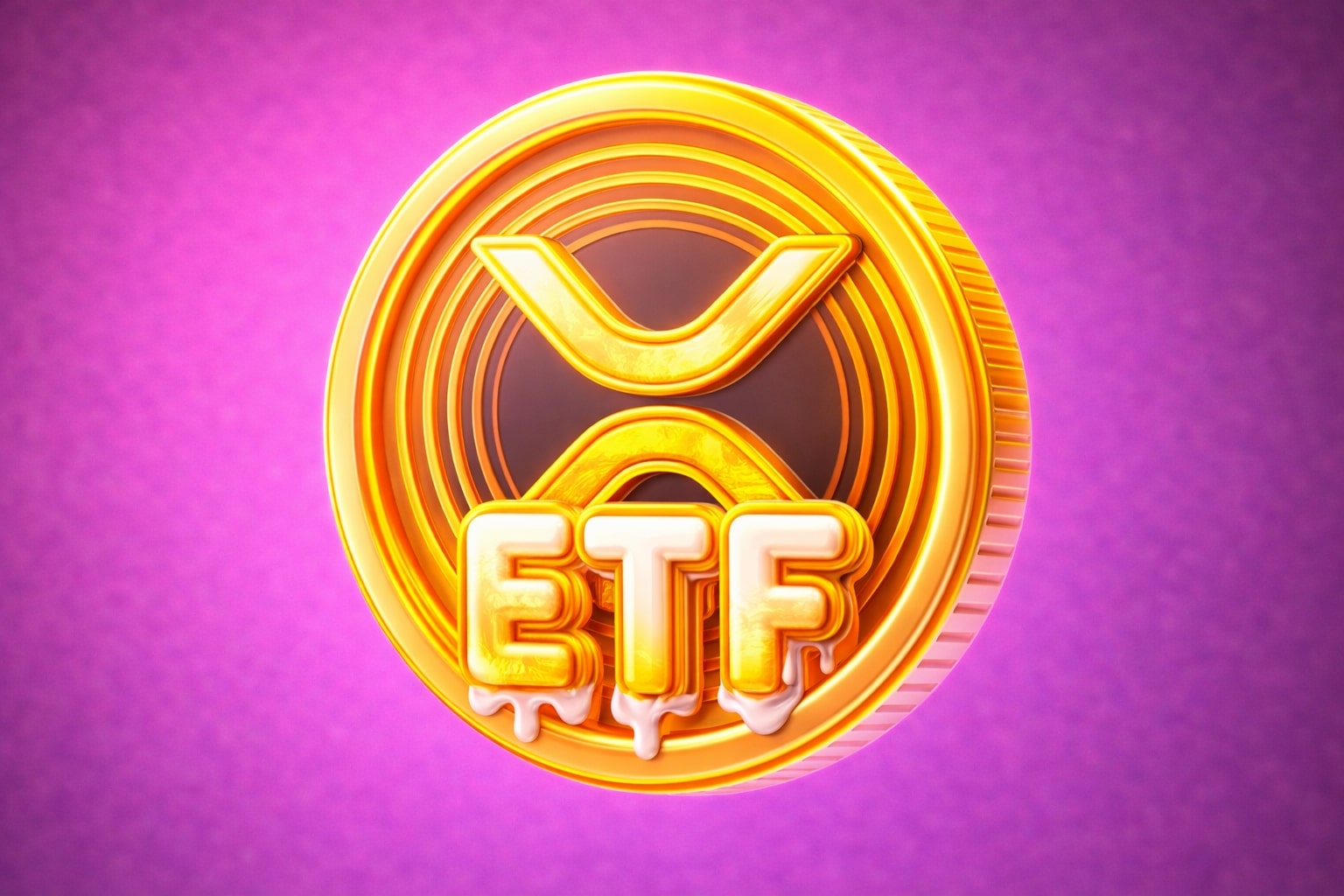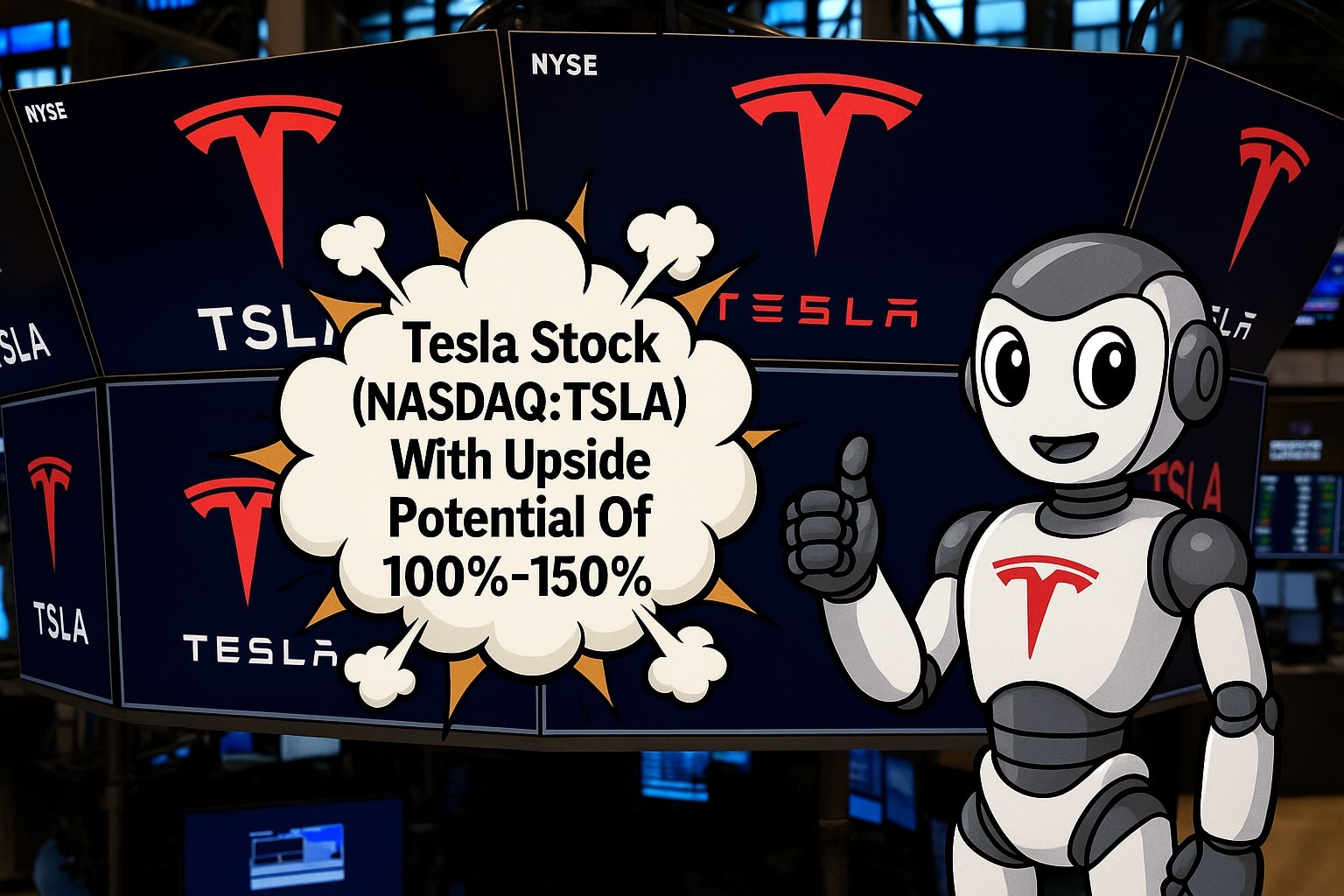
Tesla Stock Analysis: Robotaxi and Optimus Position NASDAQ:TSLA for $2.5T Upside in Stock Market Shift
Tesla defends key support at $228 as the stock market ignores EV headwinds and prices in long-term AI and robotics growth | That's TradingNEWS
NASDAQ:TSLA Struggles to Defend $250 as Robotaxi and Robotics Drive Long-Term Valuation
Autonomous Vehicle Integration Could Add $600B in Valuation to NASDAQ:TSLA by 2030
Tesla (NASDAQ:TSLA) remains under pressure after declining over 23% year-to-date, driven largely by deteriorating automotive metrics. Vehicle deliveries fell 13% YoY, with a shocking 49% collapse in Europe, directly hitting Tesla's core segment. But the market refuses to write Tesla off. Instead, it is repricing the company based on its disruptive potential across autonomy, robotics, and AI—not traditional EV volumes. Despite a forward P/E ratio of ~160x, compared to the auto sector median of just 6.2x, bulls argue Tesla deserves premium multiples based on its scalable moonshots like Dojo, Optimus, and the robotaxi fleet.
Tesla’s robotaxi ambitions could command a standalone valuation of $600B, based on a 30% share of a $1T global AV market. The calculation stems from deploying 3.75 million robotaxis, each driving 65,000 miles per year at $0.40/mile, leading to $100B in revenue. Assuming 30% operating margins, Tesla would generate $30B in operating income, and even a conservative 20x EV/EBIT multiple implies a $600B valuation.
Full Stack Autonomy Strategy Gives NASDAQ:TSLA Cost and Margin Advantages Over Waymo
While Waymo dominates headlines with 250k rides/week across four cities, its business model demands heavy infrastructure—$750M for lidar-based mapping and $11B in vehicle costs just to scale to 50 U.S. cities. Tesla, by contrast, benefits from vertically integrated manufacturing, in-house FSD chips, charging, and insurance, trimming per-mile costs substantially. Dojo, Tesla’s in-house AI training chip, is projected to be 5x cheaper than Waymo's cloud-based TPU setup.
Even if Waymo leads today, its lidar-heavy tech stack faces scaling risks, as noted by former Cruise CEO Kyle Vogt, who argued that Tesla’s neural-network-first approach is more sustainable long-term. While regulatory delays have slowed Tesla’s fleet rollout, the long-term unit economics decisively favor Tesla once scale is achieved.
India Entry Signals Scale Potential, But Execution Risks Remain for NASDAQ:TSLA
On July 15, Tesla formally announced its entry into India, the world’s third-largest auto market. While local conditions—dense cities, chaotic traffic—pose unique challenges to FSD deployment, the prize is massive. Urban populations in India exceed U.S. metro areas by 2–3x, providing fertile ground for robotaxi deployment at scale. Even capturing a small urban share could materially lift revenue.
Optimus Robotics Could Add $300B+ to NASDAQ:TSLA Valuation by 2030
Tesla aims to produce 15 million Optimus robots per year by 2030, though even a fraction of that—say 1 million units annually—at $20,000 apiece would generate $20B in revenue. Applying a 15x price-to-sales multiple, conservative for AI hardware, yields a $300B valuation. While this represents early-stage potential, Tesla’s repositioning as a robotics leader is being priced in alongside the autonomy thesis.
Humanoid AI and Dojo Integration Extend Beyond Vehicles, Reinforcing NASDAQ:TSLA’s Platform Valuation
By moving the head of Tesla Autopilot to oversee Optimus, Musk is signaling tighter integration between robotics and autonomous AI. Dojo enables massive model training at scale, giving Tesla a vertical advantage in deploying neural-network-controlled robots for manufacturing, logistics, and even consumer tasks. In this light, Tesla is a platform AI company, not a carmaker.
Automotive Metrics Decline, But Market Ignores Short-Term EV Struggles
Q2 saw 14% decline in deliveries, sparking bearish headlines, but insider transaction data reveals continued internal conviction. Despite growing competition from BYD, Ford, Hyundai, and macro headwinds like elevated interest rates, investors remain focused on long-term optionality.
Tesla’s gigafactories in Berlin and Austin are still ramping, and management has hinted at a low-cost model to reaccelerate EV adoption. Yet analysts are largely bypassing short-term EV forecasts and instead assigning higher weight to robotaxi monetization, software, and energy solutions.
Political Risk Grows as Elon Musk Clashes with Trump, Launches 'America Party'
Elon Musk’s personal politics continue to inject risk into Tesla’s profile. His feud with Trump and the launch of his own political party—dubbed the America Party—has polarized investors and media alike. While unrelated to fundamentals, it affects Tesla’s brand, regulatory favor, and perhaps even federal support for EV infrastructure. However, given that xAI is nearing a $200B valuation, many view Musk’s broader empire as additive to Tesla’s perceived AI credibility.
Technical Structure Remains Constructive Above $228 Support
Tesla’s long-term monthly chart reveals a series of higher lows, despite near-term volatility. After bouncing off the April nadir, TSLA stock continues to hold above $228, with the next technical test at $250–$256, followed by upside resistance at $283. Sustained price action above $265 would reestablish short-term bullish structure.
NASDAQ:TSLA Verdict – BUY
Despite worsening EV volumes and valuation fears, Tesla is being revalued as a platform AI and robotics company with Dojo, Optimus, and robotaxis underpinning the narrative. The core auto business now acts as infrastructure to support AI monetization, not a valuation anchor. While execution risks remain, especially in India and with FSD rollout, the risk/reward remains highly skewed to the upside.
At a $1T market cap, the company is pricing in ambitious goals. But if even two of its long-range bets—Optimus or robotaxis—succeed, Tesla could justify a $2T–$2.5T valuation by 2030.
Verdict: BUY while above $228, with a breakout target of $283 short term and $600B–$900B in additive valuation long term from non-EV segments alone.
That's TradingNEWS
Read More
-
GDX ETF at $88 While Gold Tests $4,400: Are Gold Miners Poised for $100?
19.12.2025 · TradingNEWS ArchiveStocks
-
XRP ETF Boom: XRPI at $10.94 and XRPR at $15.49 as XRP-USD Clings to the $1.80–$1.90 Zone
19.12.2025 · TradingNEWS ArchiveCrypto
-
Natural Gas Price Forecast: NG=F Hovering Near $3.92 As Weather, LNG And Storage Collide
19.12.2025 · TradingNEWS ArchiveCommodities
-
USD/JPY Price Forecast - Dollar to Yen Near 157 as BoJ’s 0.75% Rate Hike Backfires on the Yen
19.12.2025 · TradingNEWS ArchiveForex














